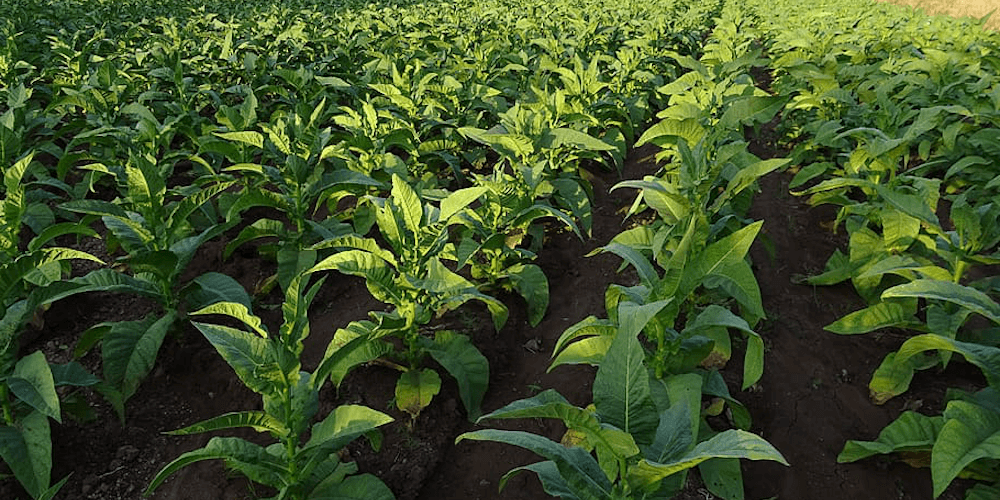When tobacco serves as a fantastic companion crop when grown alongside cannabis plants as it fends off many unwanted ganja destroying gogoas, bugs and pests. This natural defence comes largely from nicotine found inside tobacco leaves.
Tobacco is easy to grow and contains the natural insecticide nicotine. Nicotine solutions can be produced by running a large handful of dry tobacco (2/3 of a cup) added to 2 litres of water and run through a household blender. Let it sit for three days before straining the solution. You can add a teaspoon of dishwashing liquid to the mix before decanting it into a misting spray bottle.
While nicotine solutions like this can be safely used right through your cannabis’s vegetative or early flowering stages you would want to spray directly onto affected areas. Insecticides made from tobacco do not affect your cannabis produce but do give your growing plants many of the natural defences that tobacco has.
Use nicotine-based insecticides sparingly on colas and target specific areas of interest or areas of potential interest.
Simple watering or “flushing” (the full plant) in the last two weeks before harvest will ensure that any residual nicotine is no longer part of the final product. The phytoremediation properties of cannabis further ensure that any nicotine absorbed through the ground is broken down into inert substances long before it reaches your bud.
Cannabis & Tobacco Best Buddies On The Grow?
The broad tobacco leaves serve as a decoy to many garden bugs and parasites. Essentially leaf trichomes and specialised glands in the tobacco creates a layer that keeps small insects off the leaf surface while still loading them with nicotine which later poisons them.
So my luring small insects to the tobacco (rather than to your cannabis plants) letting them fill up with nicotine the insects/parasites are controlled before they get hold of your A-grade chronic.
Farmers have used tobacco crops as a natural insecticide for food-grade crops for years. Not only is tobacco a lot cheaper than many commercial insecticides, but washes off easily and is relatively safe to handle in the concentrations







